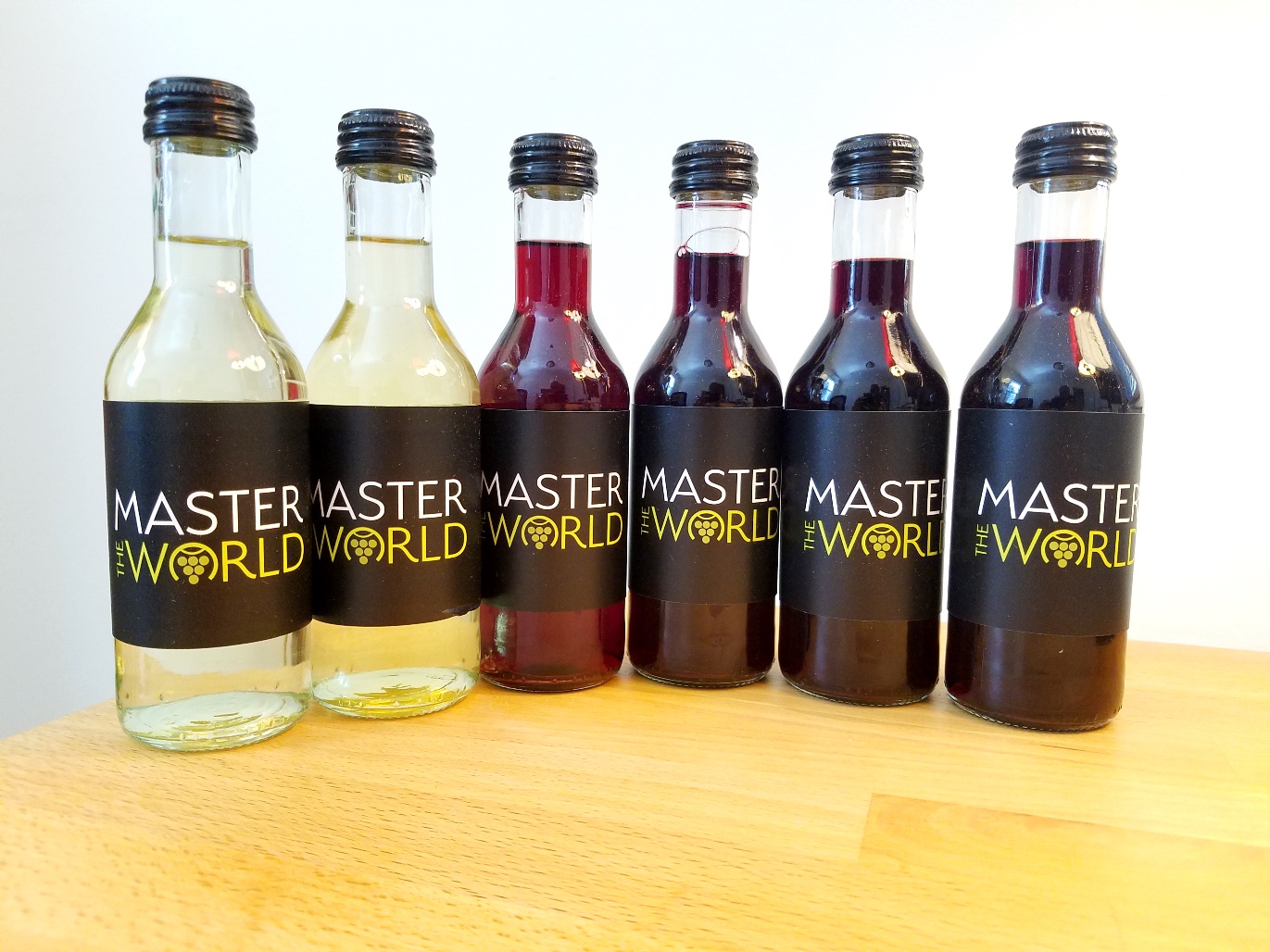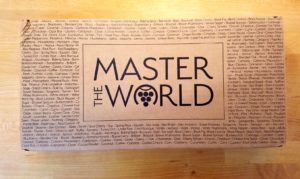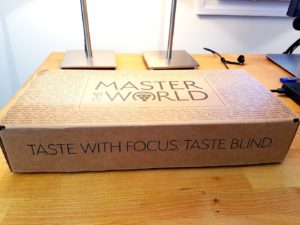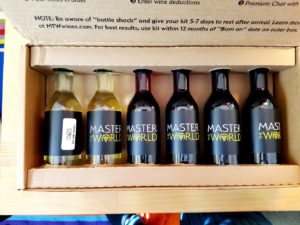Blind Tasting Wines from Chile with a Master The World Wine Kit Sampler
Blind tasting wine is hard.
If you’re pursuing wine credentials through programs such as the Wine & Sprit Educational Trust (WSET) through which I earned my WSET Diploma, you’ll have to become comfortable with assessing wines blind in an exam environment as part of your certification.
In addition to being hard to do, blind tastings are also difficult to set up.
The world of wine isn’t set up for consumers to not be able to easily identify wines they are drinking (except for red blends and white blends of course).
It takes time and effort to set up blind tastings, and there are three ways people typically do it.
People form tasting groups with friends, choose a theme, and pour wines from paper-bag-wrapped bottles.
People visit bars and restaurants with friendly bartenders who can blind small pours from their wine-by-the-glass list.
Or people buy multiple bottles of wine, and have a friend, partner or spouse pour wines blind at home.
I’ve employed all three methods.
Recently, I got an opportunity to participate in a blind tasting of Chilean wines as part of a Full Circle Beverage Conference Session on Chilean wines hosted by Master Sommeliers, Rebecca Fineman, Evan Goldstein and Vincent Morrow.
Prior to the Zoom tasting session, I received six 187mL bottles of wine numbered 1 to 6 to taste prior to the Zoom.
I didn’t know the identities of the wines or the producers before the Zoom, but I knew the company providing the tasting kits, Master The World, only uses premium and not bulk wines.
When I received the wines, I put them in my refrigerator and tasted them over the course of two weeks.
I wish I’d been able to blind taste wine like this when I was preparing for the tasting portions of my WSET exams.
Below are the wines I tasted taken from regular 750ml bottles ranging from $17 to $65:
- Casa Silva, Carmenere 2018, Los Lingues Vineyard, Colchagua Valley, Chile (Wine Casual, 88 Points)
- Familia Garces Silva, Boya Sauvignon Blanc 2019, Leyda Valley, Chile (Wine Casual, 91 Points)
- Leyda, Single Vineyard Las Brisas Pinot Noir 2018, Leyda Valley, Chile (91 Points)
- Vina Ventisquero, Tara Atacama White Wine 1 Chardonnay 2016, Atacama, Chile (Wine Casual 91 Points)
- Emiliana, Coyam 2016, Los Robles Estate, Colchagua Valley, Chile (Wine Casual, 92 Points)
- Los Vascos, Le Dix Los Vascos 2015, Colchagua Valley, Chile (Wine Casual, 93 Points)
Each of the wines I tasted was varietally correct and distinct enough to be identifiable even as new-world expressions of themselves.
If I were preparing for wine exams again, I’d definitely benefit from a resource like this.
If you’re interested in learning more about wines from Chile, you can watch the video from the Zoom presentation.
Below are some quick TLDR wine facts about Chilean wine from the video that I found of interest:
- Sauvignon Blanc accounts for 11.2% of all plantings in Chile and is the country’s #1 white grape.
- Chardonnay accounts for 8.2% of all plantings in Chile and is the country’s #2 white grape.
- Other whites grown in Chile include muscat, semillon, sauvignon gris, riesling and albariño.
- Carmenere is a natural cross of gros cabernet x cabernet franc.
- Cabernet Sauvignon is Chile’s #1 red grape and represents 15% of the entire world’s plantings of cabernet sauvignon with over 109,000 acres planted.
- Only France has more plantings of cabernet sauvignon in the world, with Chile coming in at #2 in the number of plantings.




